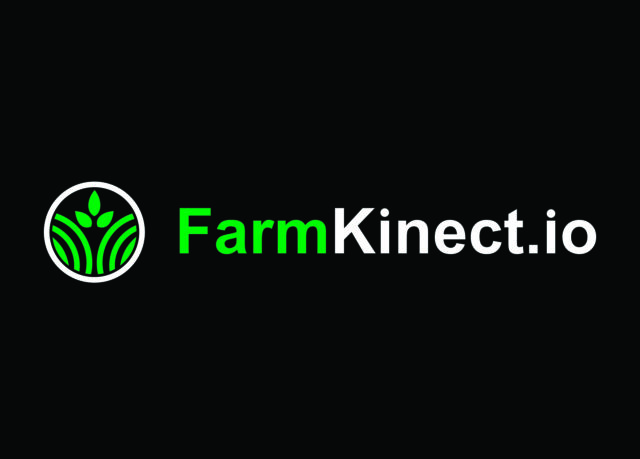My oldest daughter works in human resources for a business that manufactures food processing equipment. She’s worked in human resources since graduating from Cornell University some 10-plus years ago, so she is well-versed in conversations that are critical to success. She introduced me to a book titled Crucial Conversations. After reading the book, and as I was writing about the new Code of Practice revisions, I could see a connection between the two. As the revisions are formally introduced and presented, there will be numerous conversations about what is expected on dairy farms. Related to the updated code will be a call to further actions producers can have with consumers that could lead to further success.
There has been some talk among dairy farmers that the code addresses what they’ve been doing – taking exceptional care of their dairy herd and their livestock. But the updated Code of Practice isn’t really for those in the dairy production industry; it’s for those who purchase dairy products and for those who will purchase it in the future. Sure, farms will be inspected every other year, and dairy farmers will follow other guidelines, but the bottom line is: Processors want to assure their customers that every dairy farmer in Canada is following the Code of Practice, and that every animal on dairy farms is being cared for to the standards of the code. That is a reasonable expectation.
This is where those crucial conversations will come in. While not part of the code itself, key to the future of the dairy industry are conversations among producer, processor and consumer. These are critical events and opportunities that we must have with consumers for the agricultural industry as we know it to continue for generations to come. What do those conversations look like? In some cases, they may look different than what comes to mind when we say conversation – they won’t necessarily be one-on-one. Here are a few ideas to begin the conversation with consumers.
- Plan a day on the farm for your dairy and invite the public to see how milk is produced. This can be simple with a wagon ride around the farm perimeter so people have a view inside the barn without going in the barn. A few calves to pet, free milk and a pile of straw are all that is needed to get started sharing your story with the public.
- Partner with a local children’s museum for a weekend of milk and dairy promotions. Volunteer to share your story with small groups of families at the museum that weekend.
- While there are organizations that visit schools and promote dairy products, plan a time for the people on your dairy to visit a grocery store or school – be authentic in your presentation.
- Write a one-column article for your local newspaper about what’s happening at your farm each week.
- Utilize social media to tell your story – the ideas are endless.
I recall a time when there was never any question about whether people would drink milk, eat beef and appreciate where their food comes from. I think there is a chance that my generation sat back and thought it wasn’t necessary to have crucial conversations with consumers – they would always understand where their food came from, right? Not so much anymore. As the new Code of Practice is introduced, let’s amp up promoting what we produce and how we produce it through positive conversations around the dairy farm.








